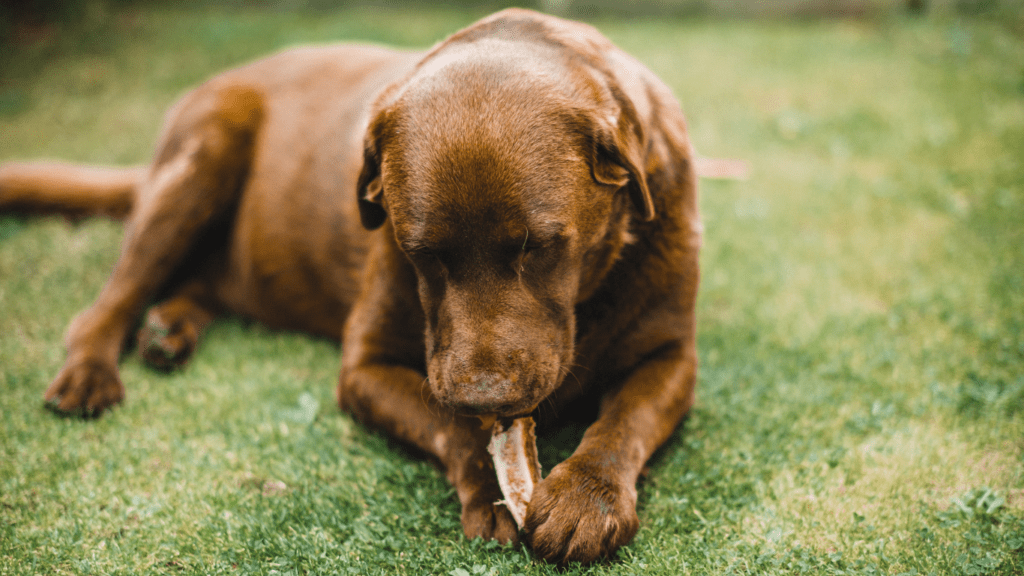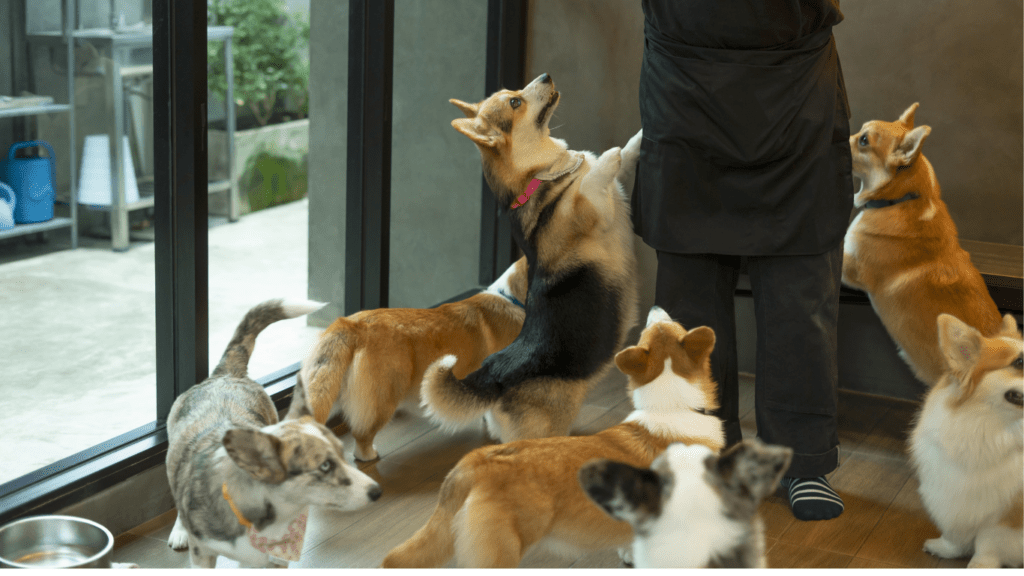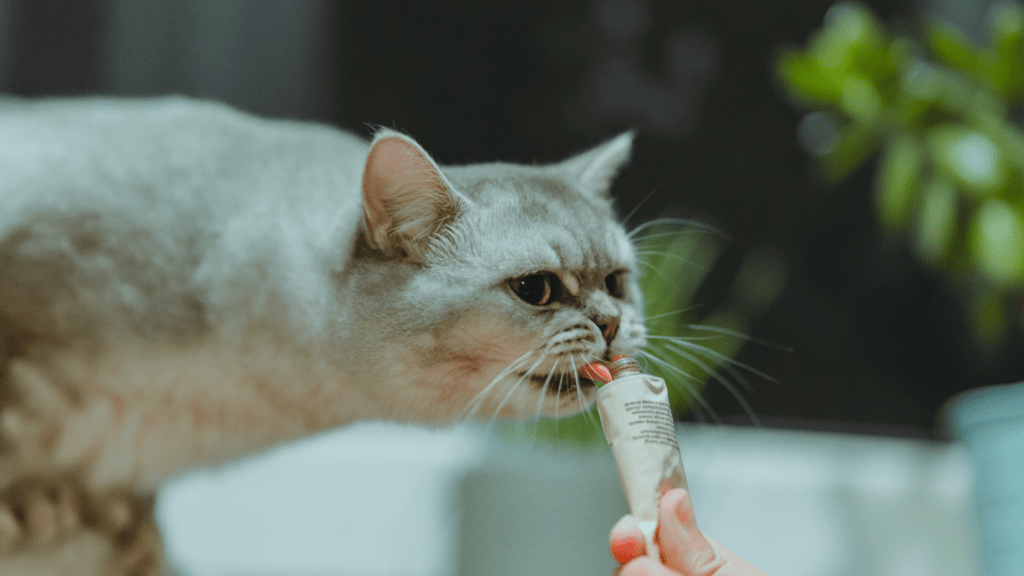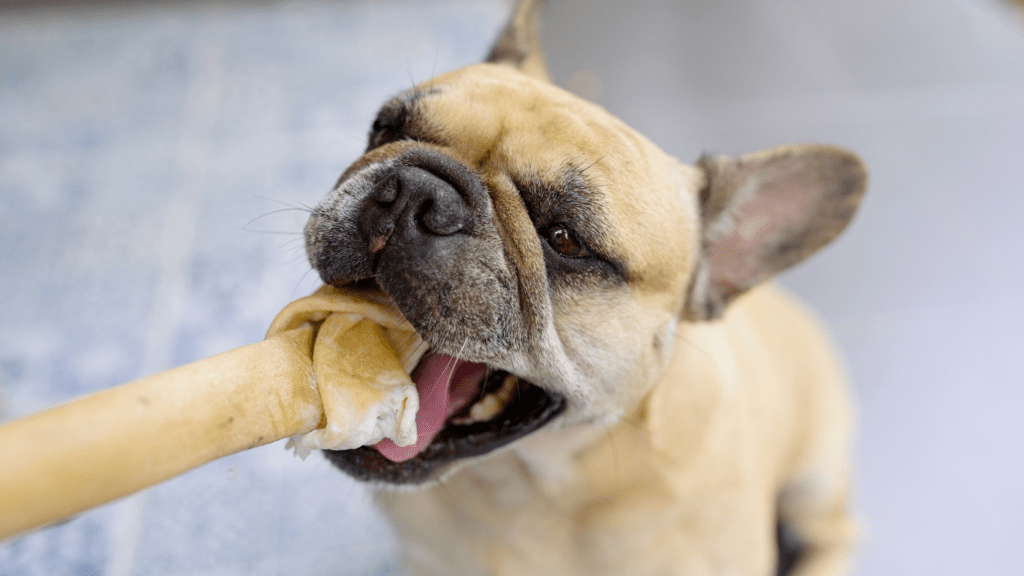Importance of Homemade Pet Food
Choosing to make homemade pet food benefits both pet health and safety. It allows control over ingredients and meets specific dietary requirements.
Why Choose Homemade Pet Food?
Homemade pet food provides control over the quality of ingredients. Many store-bought brands contain fillers, by-products, and artificial preservatives. By making food, I ensure my pet eats fresh, wholesome ingredients. This control also allows for customization based on specific dietary needs. Pets with allergies or sensitivities can greatly benefit from tailored recipes. Additionally, fresh homemade meals can enhance a pet’s energy levels, coat condition, and overall well-being.
Common Misconceptions
Many pet owners think preparing homemade pet food is time-consuming. However, meal prepping in batches saves time and effort. Another misconception is that homemade food lacks essential nutrients. Proper recipes include balanced nutrients to meet a pet’s dietary needs. Consulting a veterinarian helps ensure nutritional balance. Some believe homemade pet food is expensive. Surprisingly, it can be cost-effective, especially when buying ingredients in bulk.
Nutritional Requirements for Pets
Homemade pet food can meet pets’ nutritional needs if carefully planned. Knowing the essential nutrients for pets ensures they receive balanced diets.
Essential Nutrients for Dogs
Dogs need various nutrients to thrive. Proteins support muscle maintenance and repair, with sources like chicken, beef, and fish offering high-quality options. Fats provide energy and aid in nutrient absorption; include animal fats and oils like fish oil.
Carbohydrates like rice, oats, and sweet potatoes give dogs energy. Vitamins, such as A, B, D, and E, are vital for immune function and overall health. Minerals, including calcium, phosphorus, and potassium, support bone health and cellular functions. Fiber aids digestion and can come from vegetables and grains.
Essential Nutrients for Cats
Cats have unique dietary needs as obligate carnivores. Proteins from animal sources such as chicken, turkey, and fish are crucial for muscle health. Fats, including omega-3 and omega-6 fatty acids from fish oil and poultry fat, provide essential energy.
Cats require taurine, an amino acid found in meat, for heart and eye health. Arginine, another amino acid in meat, helps eliminate ammonia from the body. Vitamins like A, D, and B-complex support metabolism and vision; liver and fish are excellent sources. Minerals like calcium and phosphorus are needed for strong bones, with meat and bone meal serving as good sources.
Safety Precautions When Preparing Pet Food

Ensuring pet food safety is crucial for maintaining your pet’s health. Follow these safety guidelines to protect your furry friends.
Safe Ingredients to Use
Use high-quality, fresh ingredients suitable for pets, like lean meats, whole grains, and fresh vegetables. For example, chicken, rice, carrots, and peas are excellent choices. Always choose human-grade ingredients to minimize contamination risks. Opt for organic produce whenever possible to avoid pesticides and harmful chemicals. Consult your vet for recommended ingredient lists tailored to your pet’s needs.
Avoiding Harmful Ingredients
Avoid ingredients that can harm pets. Common harmful items include chocolate, onions, garlic, grapes, and raisins. Identify and exclude foods that cause allergies in your pet, such as dairy or soy. Refrain from using artificial sweeteners like xylitol, as they can be toxic to pets. Always consult reliable sources or your veterinarian to verify the safety of ingredients when in doubt.
The Best Homemade Pet Food Recipes
Creating balanced and nutritious pet food at home can be straightforward when you follow reliable recipes and safety guidelines. Here’s how to make optimal meals for dogs and cats, as well as delicious treats they’ll love.
Recipe for Homemade Dog Food
Ingredients:
- 2 lbs lean ground turkey
- 1 ½ cups brown rice
- 1 cup mixed vegetables (carrots, peas, spinach)
- 1 tbsp fish oil
Instructions:
- Cook the rice according to package instructions.
- Brown the ground turkey in a large pot over medium heat until cooked.
- Add the mixed vegetables to the pot and cook until tender.
- Stir in the cooked rice and fish oil, blending until combined.
- Let the mixture cool before serving.
This recipe ensures dogs receive a balance of protein, carbohydrates, and essential fatty acids. Always check for any potential allergens your dog might have.
Recipe for Homemade Cat Food
Ingredients:
- 2 lbs chicken thighs (deboned, skinless)
- 1 cup pumpkin puree
- 1 egg (boiled and crushed shell)
- ¼ tsp iodized salt
- 2 tbsp fish oil
Instructions:
- Boil the chicken thighs until fully cooked, then shred into small pieces.
- Mix the shredded chicken, pumpkin puree, crushed egg with shell, iodized salt, and fish oil in a large bowl.
- Ensure the mixture is well-combined.
- Allow to cool completely before serving.
Cats benefit from this recipe’s high protein and nutrient concentration. Boiled eggshell provides calcium, and pumpkin aids digestion.
Treat Recipes for Pets
Dog Treats:
Ingredients:
- 2 cups whole wheat flour
- 1 cup rolled oats
- ½ cup unsweetened applesauce
- 2 tbsp peanut butter (xylitol-free)
Instructions:
- Preheat oven to 350°F (175°C).
- Mix all ingredients in a bowl until dough forms.
- Roll out the dough and cut into desired shapes.
- Place treats on a baking sheet and bake for 15-20 minutes.
- Cool before serving.
Cat Treats:
Ingredients:
- 1 cup canned salmon (drained)
- 1 tbsp dried catnip
- 1 egg
- ½ cup whole wheat flour
- Preheat oven to 350°F (175°C).
- Blend all ingredients until smooth.
- Roll into small balls and place on a baking sheet.
- Bake for 10-12 minutes until firm.
- Cool before serving.
Both recipes offer safe and nutritious options for pets. Homemade treats use natural ingredients and avoid artificial additives.
Tips for Storing Homemade Pet Food
Properly storing homemade pet food ensures safety and maintains nutritional value. I recommend these key practices:
- Use Airtight Containers: Store homemade pet food in airtight containers to prevent contamination and preserve freshness. Glass or BPA-free plastic containers with secure lids work best.
- Label and Date: Clearly label containers with the contents and the date prepared. This helps keep track of freshness and ensures older food is used first.
- Refrigerate Promptly: Keep homemade pet food in the refrigerator if it won’t be consumed immediately. Pet food can stay fresh in the fridge for up to 3 days.
- Freeze for Longer Storage: Freeze portions that won’t be used within 3 days. Divide the food into single-serving portions before freezing for easy thawing. Homemade pet food can be frozen for up to 3 months without significant nutrient loss.
- Thaw Safely: Thaw frozen pet food in the refrigerator or microwave. Avoid leaving it at room temperature, which can encourage bacterial growth.
- Avoid Cross-Contamination: Use separate utensils and cutting boards for pet food. Clean all preparation surfaces and tools thoroughly to prevent exposure to harmful bacteria.
- Check for Spoilage: Always inspect food for signs of spoilage, such as an off smell or visible mold. Discard any questionable food immediately to keep pets safe.
- Serve at Room Temperature: Some pets may find refrigerated food unappealing. Warm the food slightly in the microwave or using warm water to make it more palatable, but avoid overheating, which can destroy nutrients.
Following these tips ensures that homemade pet food remains safe and nutritious, providing pets with the best possible diet.




